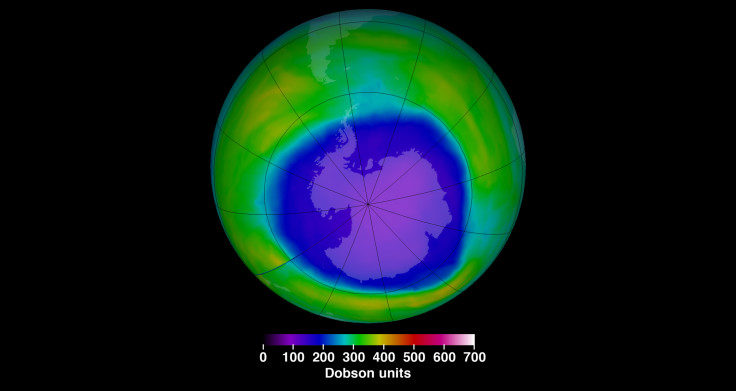Ozone Layer Is Healing Thanks To 1987 Climate Change Agreement, Study Reveals

KEY POINTS
- The ozone layer above Antarctica has recovered significantly
- The recovery is attributed to the 1987 Montreal Protocol
- Patterns of jet streams have normalized due to the ozone layer's recovery
A new study revealed that an international treaty signed over 30 years ago could be responsible for the significant recovery of the ozone layer above Antarctica. The authors of the study noted that stopping ozone depletion may have paused or even reversed the harmful changes in the Southern Hemisphere’s air currents.
The new study about climate change was published in the journal Nature. It focused on the global effects of the Montreal Protocol that was signed in 1987.
This international treaty was established with the goal of stopping the global usage of ozone-depleting substances in various products. The Montreal Protocol identified these substances as the main culprit in the depletion of the ozone layer.
According to the scientists, the worsening state of the ozone layer had caused drastic changes in the air currents that flow toward the planet’s poles at high altitudes, which are referred to as jet streams. Due to ozone depletion, these jet streams have been driven further south than their usual patterns.
The changes in the paths of the jet streams have led to increased rainfall in the affected regions. They also affected ocean currents. In Australia, for instance, changes in the jet stream pushed away the rain from the coastal areas, which then increased the risk of drought.
“The 'weather bands' that bring our cold fronts have been narrowing towards the south pole, and that's why southern Australia has experienced decreasing rainfall over the last thirty years or so,” organic chemist Ian Rae, who was not part of the study, said in a statement.
“If the ozone layer is recovering, and the circulation is moving north, that's good news on two fronts,” he added.
About a decade after the Montreal Protocol was enacted, environmental scientists have started noticing improvements in the jet stream patterns. According to their observations, the changes in the jet streams stopped, which strongly indicated that the ozone layer was healing.
The authors of the new study noted that the protocol most likely played a huge role in the recovery of the ozone layer.
“Signatures of the effects of the Montreal Protocol and the associated stratospheric ozone recovery might therefore manifest, or have already manifested, in other aspects of the Earth system,” the scientists wrote in the abstract of their study.
© Copyright IBTimes 2025. All rights reserved.





















